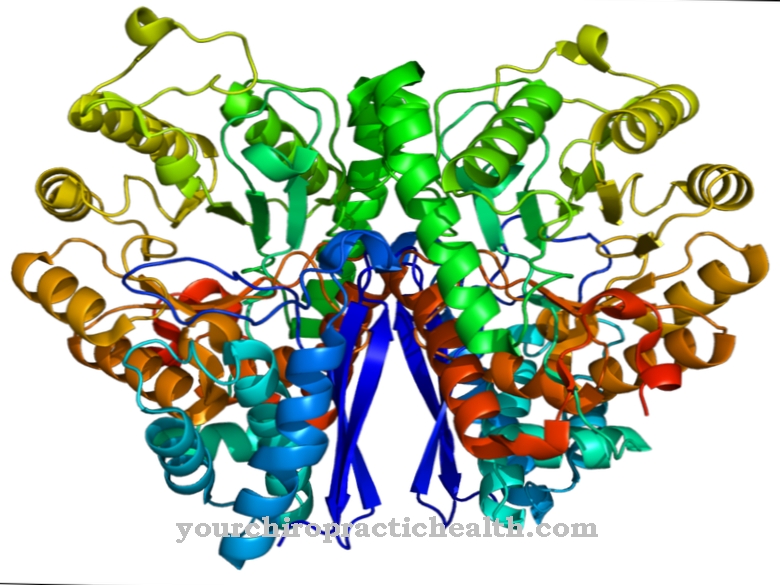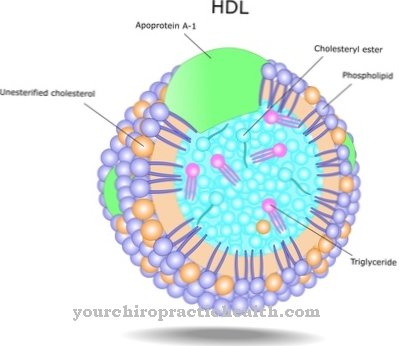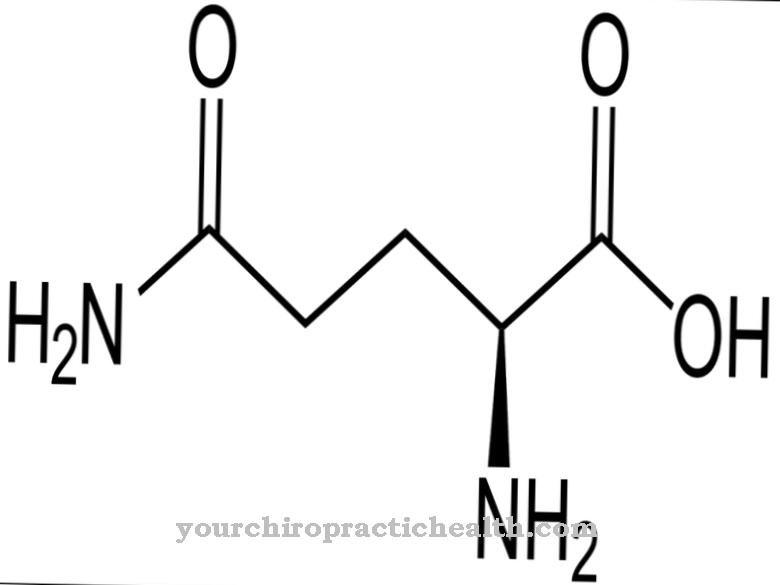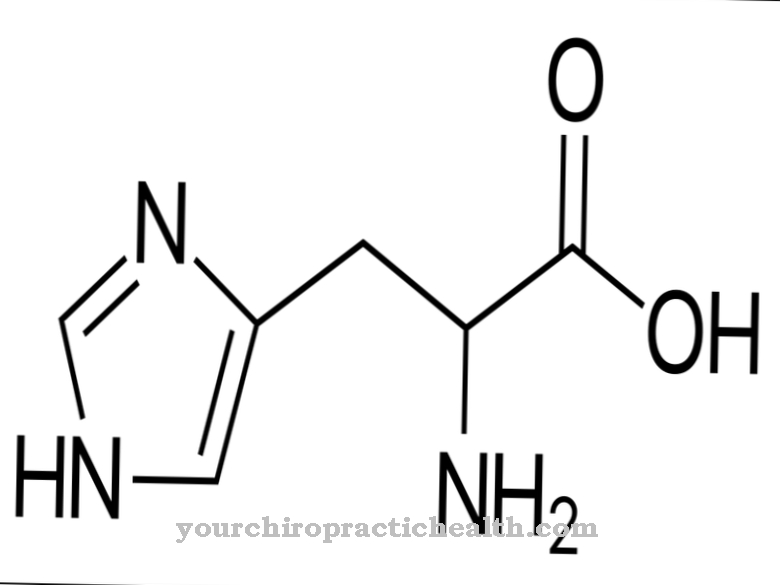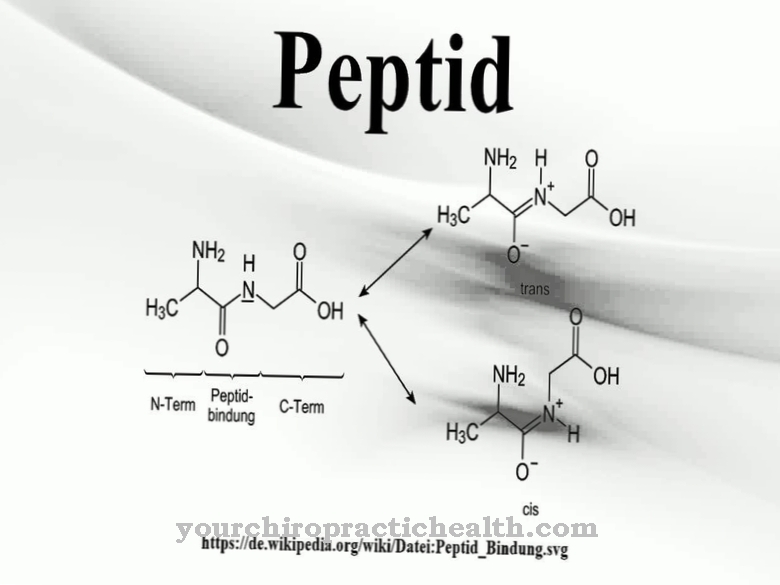Keratins are special substances. They occur in both the human and animal organism. The term "keratin" comes from the Greek and means "horn". Hence, the amino acids important for the body are too Horn cells called.
What are keratins?
The umbrella term "keratins" encompasses various hydrophobic fiber proteins that are the main components of hair, fingers and toenails and the upper layer of the skin (epidermis). It describes both the fibrous proteins themselves and the microfibrils they form.
In animals, the important keratin cells (keratinocytes) are also found in horns, hooves, claws, feathers, spines, carapaces and bills. The natural protein is produced by the body itself and is usually always available in sufficient quantities. Medicine distinguishes between alpha and beta keratins. Alpha keratins are found only in mammalian cells.
The hair keratins have a lower strength than those of the fingers and toenails. The horn substance is naturally colorless and only receives its respective color shade through the pigment melanin. Thanks to the thread-like structure of the horn cells and their particular elasticity, the hair can be treated with permanent waves.
Function, effect & tasks
The keratin cells surround the marrow cells of the hair core with a tight-fitting, elastic layer of tiny scales. They smooth the surface of the hair and thus ensure natural shine. This allows the hair to be pulled and twisted without tearing.
The keratinocytes have a stabilizing effect on the cell wall and thus ensure optimal cell protection. They also increase the strength and resilience of the nails. Without the stabilizing effect of the keratin, scratching or holding onto with the nails would not be possible at all. It also strengthens the cells of the facial skin so that the epidermis becomes elastic. Medicine makes use of the wound-healing effect of keratinocytes in outpatient transplants.
It takes some keratin cells from the hair of patients with open wounds and multiplies them in a nutrient solution. A few weeks later, the wound is then covered with the newly formed skin tissue. Another four to six weeks later, the wound closed. Dirt and pathogens can no longer penetrate and lead to infections. The new skin has the same properties as the one previously in the affected area.
The keratin cells are also used to diagnose tumors in the human body: If a cancer cell contains keratin, doctors can conclude that the cancer was formed by epithelial cells. The immunological detection of the keratin subtypes provides further information about the type of cancer.
Education, occurrence, properties & optimal values
The water-insoluble horn cells are proteins that are located in the epithelial cells as loosely organized keratin filaments before keratinization (keratin precursor). The keratin found in the hair is less firm than that found in the nails.
The reason for this is that the protein component L-cysteine contained in the keratin forms a smaller number of disulfide bridges (sulfur compounds) with other amino acids than in the nail cells. The amino acid cysteine is responsible for the high sulfur content in keratin. Therefore, burned hair also smells strongly of sulfur, for example. Keratin cells have such a solid structure that they cannot be destroyed by bacteria and other microbes. They are very pliable but cannot break under normal circumstances.
In addition, the keratinocytes are extremely insensitive to temperature. Neither extremely cold nor extremely warm temperatures can change their properties. Keratin forms two subfamilies: Type A comprises proteins that react acidic, Type B is neutral-basic. The ability of cysteine to form sulfur bridges is used by modern cosmetics in the permanent wave treatment of hair: In this process, the cross connections are first separated and then re-established.
You can find your medication here
➔ Medication for hair loss and baldnessDiseases & Disorders
Keratin is usually a fairly resilient substance. However, the protective layer of the hair can become permeable through salt water (bathing vacation) and excessive exposure to the sun: The hair becomes dull and can even break under heavy stress.
Frequent hair drying with a hot hair dryer and shampoos with a high proportion of surfactants can also damage the dandruff layer. Dry, dull hair and split ends result. In order to regenerate the hair impaired in this way, the patient should give him keratin in the form of a highly concentrated cysteine-containing hair serum. It immediately penetrates the dandruff layer and closes it. Keratin care shampoos, with which he can wash his hair, also have a restorative effect.
After washing out the shampoo, the regenerating effect of the keratin is evident in the fact that the hair is easier to comb than before. Additional keratin provides the so-called anti-frizz effect: the hair lies smoothly against the scalp. Damaged skin can be healed with special body lotions and creams containing keratin. To prevent a keratin deficiency, a protein-rich diet is recommended, with the emphasis on vegetable proteins.
The doctor recognizes that a patient is deficient in keratin from their strongly arched nails, nail grooves and impaired hair growth. The cause of this is a liver disease. The damaged organ is no longer able to produce the keratin-forming amino acids cysteine and methionine in sufficient quantities.


